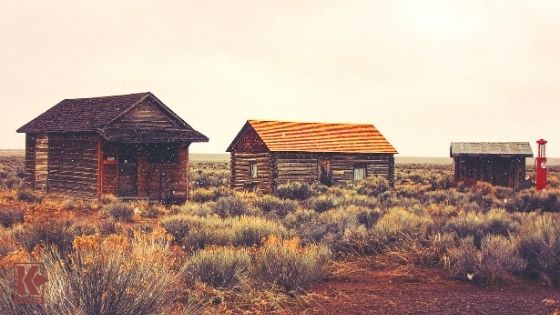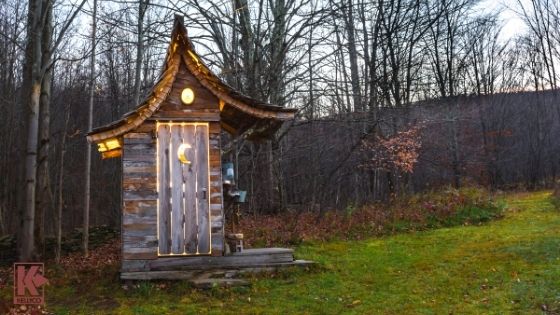Metal Detecting Old Homesteads
Published by Carolyn Yohannes on 01/26/17
Knowing how to read the landscape is what can make a detectorist successful. That’s true when metal detecting old homesteads, too. There are some specific indicators to look for when searching old abandoned homes or ruins that may help you make an amazing discovery.
Metal Detecting Old Homesteads: What To Look For

Old Homestead
Knowing what to look for when metal detecting old homesteads can make the difference between a good and an excellent hunt. The first thing to look for is old square curbs. If they’re smaller than today’s curbs, then you know you’ve found an old site. The area between the curbs and the home —or where the home was— are where horses and buggies, and later cars, were parked. Those areas are great places to hunt for dropped items.
If you see old, ornate wrought iron fences, or remnants of them, that also indicates that the property is older. The quality of fences was much better in the past, so look for differences from what you see today. Fences were also made of rock or wood, and it was common for old homesteaders to hide things under fence posts. A lot of hunters neglect those areas, so you might get lucky with your metal detector.
When you search the yards of old homesteads, you may find areas where trees used to be. Look for round depressions in the ground or flowers that are in a circle. Those areas likely had a tree growing there that has long since been cut down. In the days before air conditioning, people would spend time sitting under the trees in the shade, and they may have lost coins or other valuables, like gold or relics, from their pockets.
It’s also a good idea to check out any areas where you see trees or bushes that seem like they don’t belong – especially if they are all in a row. They may have been planted on a homestead that no longer exists. Hunt around them and also inspect the area a little closer. You may find parts of old walls or fences.
Other Places to Look

Old Outhouse
- Around sidewalks, parts of sidewalks, or pieces of cement.
- Along walking paths or long indentations that may once have been a path.
- Areas where grass doesn’t grow well, but there is grass all around. You may have found the site of an old outhouse.
- Cracks in old sidewalks – these are often overlooked by detectorists, and it’s possible that coins have worked themselves down into them.
- The beginnings of driveways of old homesteads. The mailbox likely stood there and people used to be able to pay for postage by putting coins into it.
- Around and under the steps that led to the old homesteads front door. When someone reached into their pocket for keys to unlock the door, they may have dropped coins or jewelry without realizing it.
- Areas where you find pieces of old red brick or ceramics may have been a homestead.
Be sure to pay attention to the landscape around you, it will tell you more than you might think. And of course, always make sure to get permission to metal detect on old homestead sites. Even when there is no longer a house there, someone still owns the land.